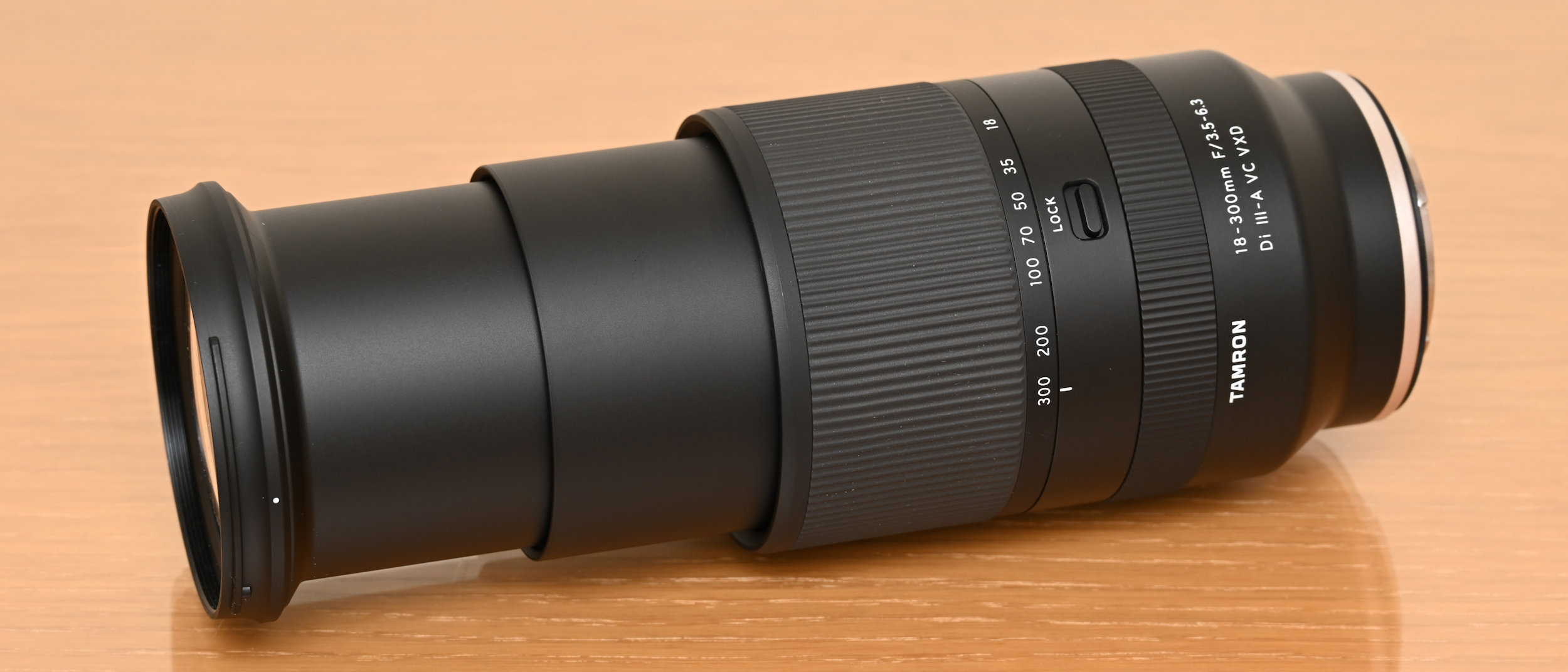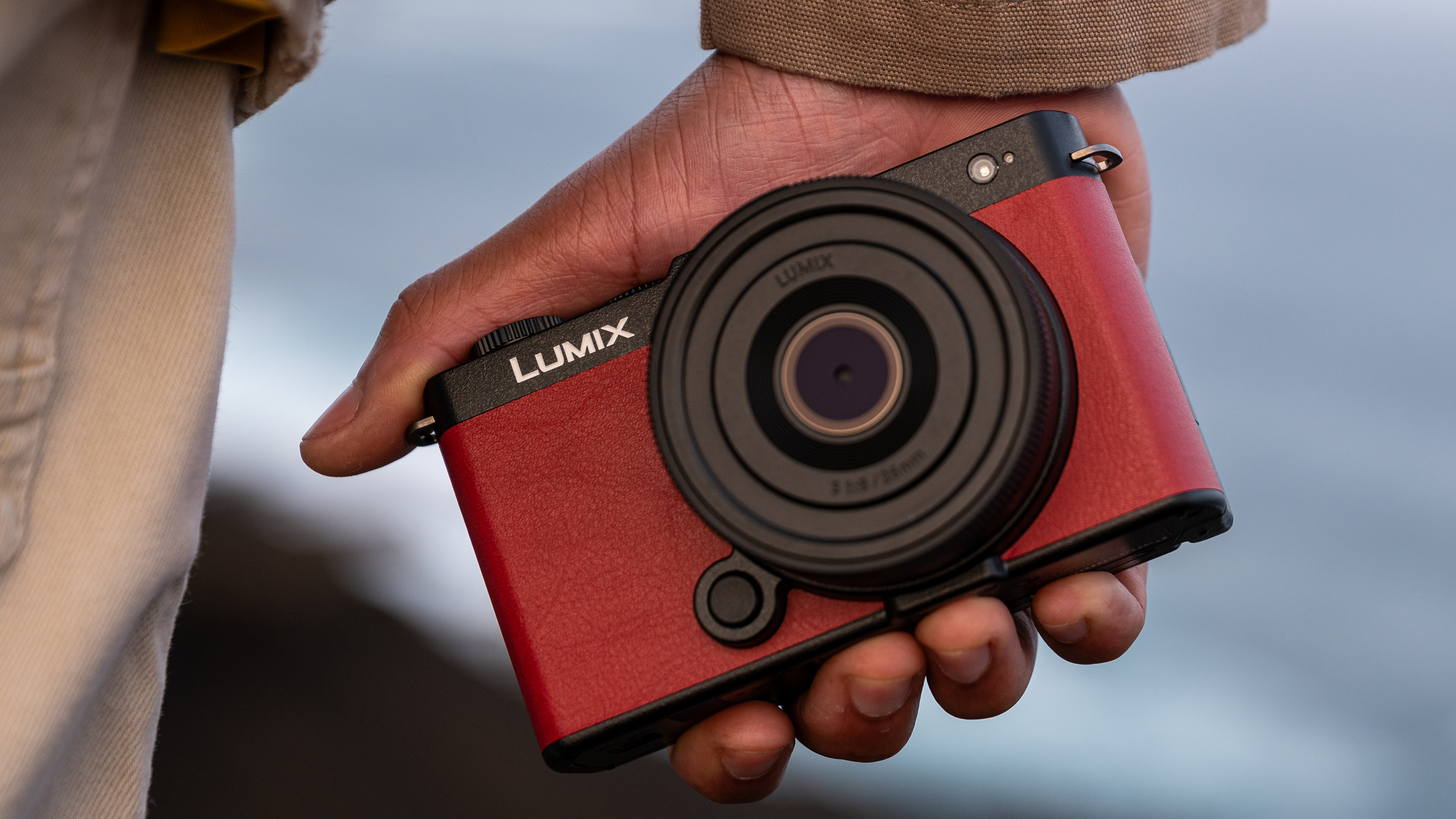Digital Camera World Verdict
Ideal for travel and walkabout photography, the Tamron 18-300mm gives an effective 16.6x zoom range of 27-450mm on Fujifilm X and Sony E mount APS-C format mirrorless cameras. That’s quite a stretch, delivering everything from fairly wide-angle coverage to super-telephoto reach at the twist of the zoom ring, without the need to carry multiple lenses and switch between them. So-called ‘superzoom’ lenses are often a compromise but the Tamron does pretty well in terms of image quality and all-round performance.
Pros
- +
Mighty zoom range
- +
Impressive autofocus and stabilization
- +
Short minimum focus distance
Cons
- -
Edge-sharpness could be better
- -
Heavy barrel distortion when uncorrected
- -
Color fringing at longest zoom setting
Why you can trust Digital Camera World
The Tamron 18-300mm F/3.5-6.3 Di III-A VC VXD aims to please photographers who own an interchangeable-lens Fujifilm X or Sony E mount APS-C format mirrorless cameras, but don’t really like swapping between lenses. It covers all the bases from wide-angle to super-telephoto focal lengths but, naturally, is somewhat bigger than a standard zoom. It’s well suited to walkabout and travel photography, and any other time when you risk missing a fleeting opportunity because you’ve got the wrong lens on your camera.
Specifications
Mount: Fujifilm X, Sony E (APS-C)
Full-frame: No
Autofocus: Yes
Stabilization: Yes
Lens construction: 19 elements in 15 groups
Angle of view: 77.3 to 5.5 degrees
Diaphragm blades: 7
Minimum aperture: f/22-40
Minimum focusing distance: 0.15m (W) 0.99m (T)
Maximum magnification ratio: 0.5x (W) 0.25x (T)
Filter size: 67mm
Dimensions: 76x126mm
Weight: 620g
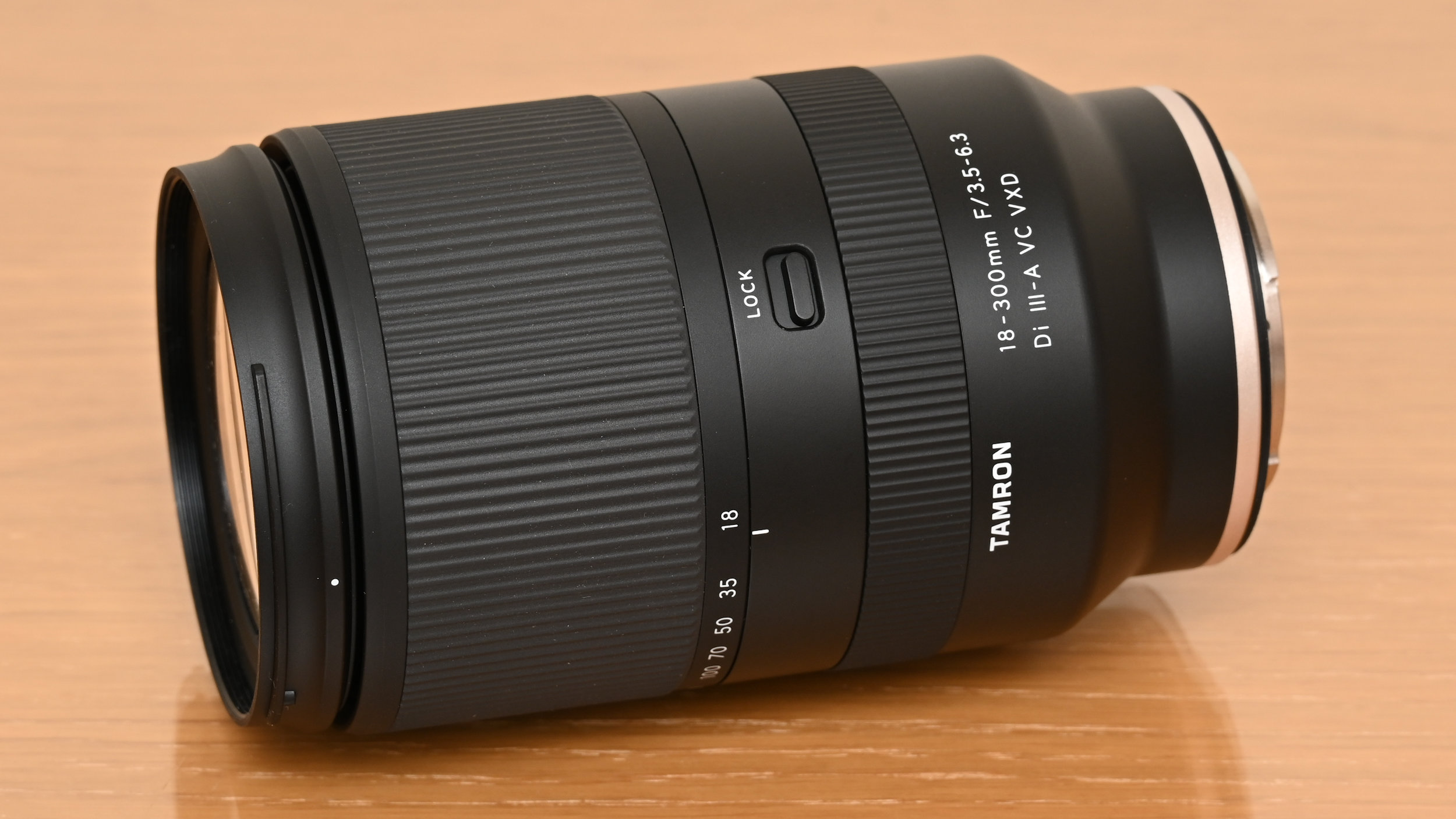
Key features
Top of the feature list is the 18-300mm zoom range, which Tamron states is a world-first for mirrorless system cameras. Typical of superzoom lenses, the widest available aperture shrinks as you extend through the zoom range, starting off at f/3.5 and narrowing to f/6.3. Long focal lengths risk blurring from camera-shake, whether or not your camera features in-body stabilization, so the lens features Tamron’s high-performance, proprietary optical VC (Vibration Compensation) system.
Autofocus is both rapid and virtually silent in operation, based on a VXD (Voice-coil eXtreme-torque Drive) linear motor. As well as being fast for stills, it enables smooth autofocus transitions when shooting video, where the virtual silence is a further bonus.
The optical path includes three hybrid aspherical elements and four LD (Low Dispersion) elements, aiming to boost sharpness and clarity while minimizing distortions and other optical aberrations, which we’ll come to later.
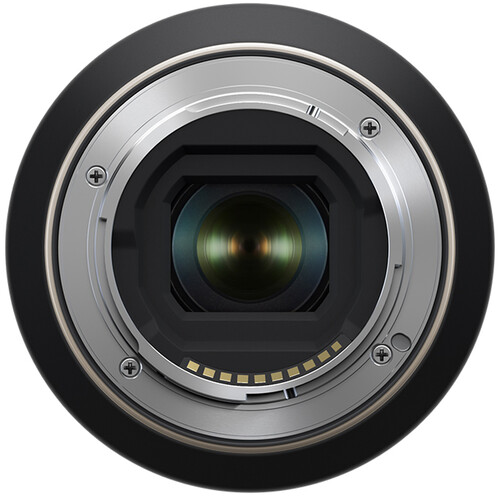
Build and handling
When you’re opting to use a single lens that covers a big zoom range, rather than shooting with a standard zoom and carrying a telephoto lens for if and when you need it, size and weight are a major consideration. Especially for travel and walkabout photography, you don’t want to be lumbered with a big, heavy lens all of the time. The Tamron is reasonably lightweight at 620g and measures a modest 76x126mm at its shortest zoom setting. It also features a 67mm filter thread, typical of Tamron lenses for mirrorless cameras.
The only catch is that the lens extends considerably as you zoom towards the longest focal length, with dual inner extending barrels. Zoom creep can be a problem with superzoom lenses but we didn’t encounter this with our review sample. For safety’s sake and peace of mind, the Tamron is fitted with zoom lock switch anyway, which locks the lens at its shortest focal length.
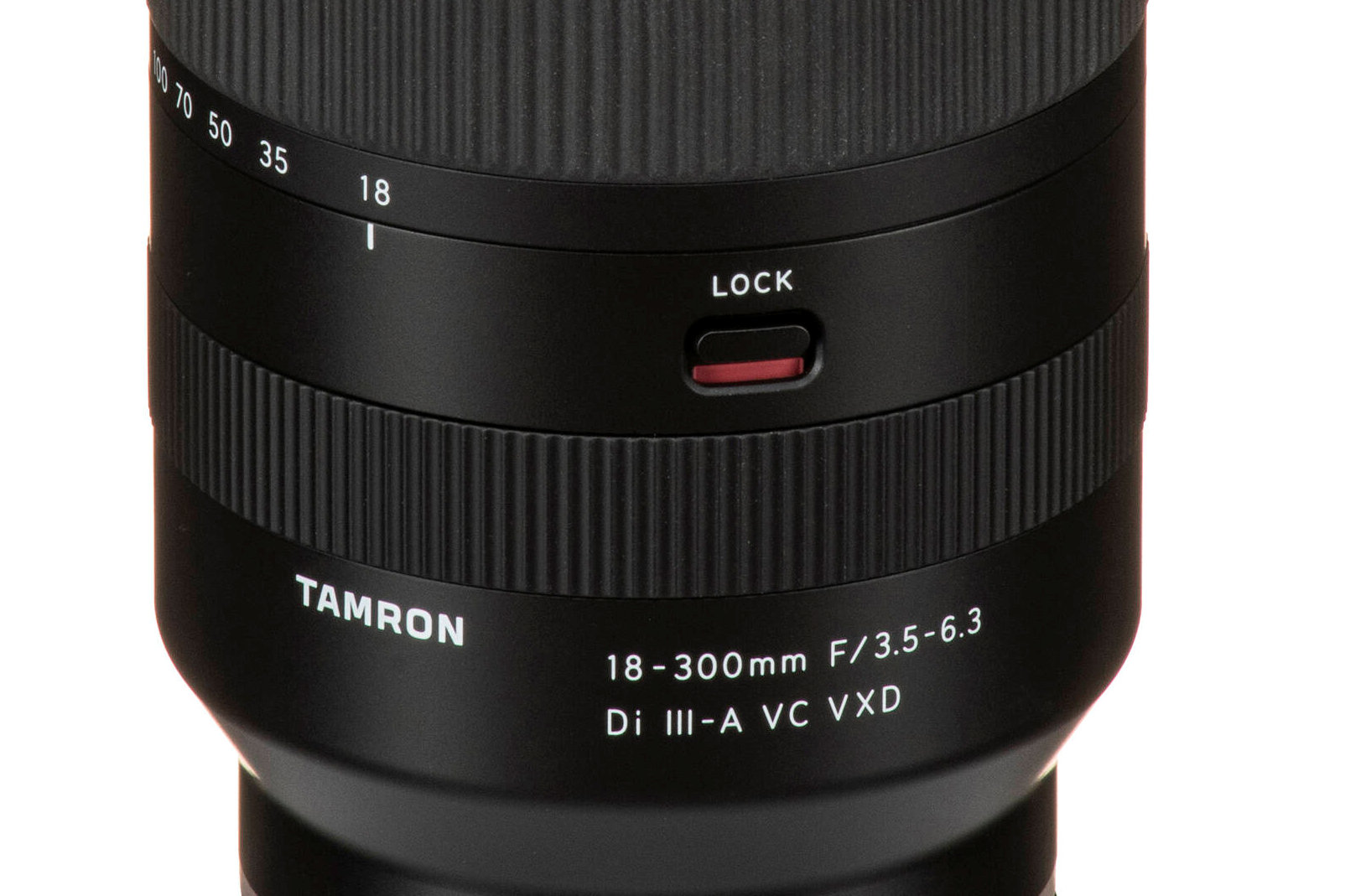
Although fairly lightweight, the lens feels pretty robust and well engineered. The construction also includes weather-seals, making it resistant to moisture and dust.
Performance
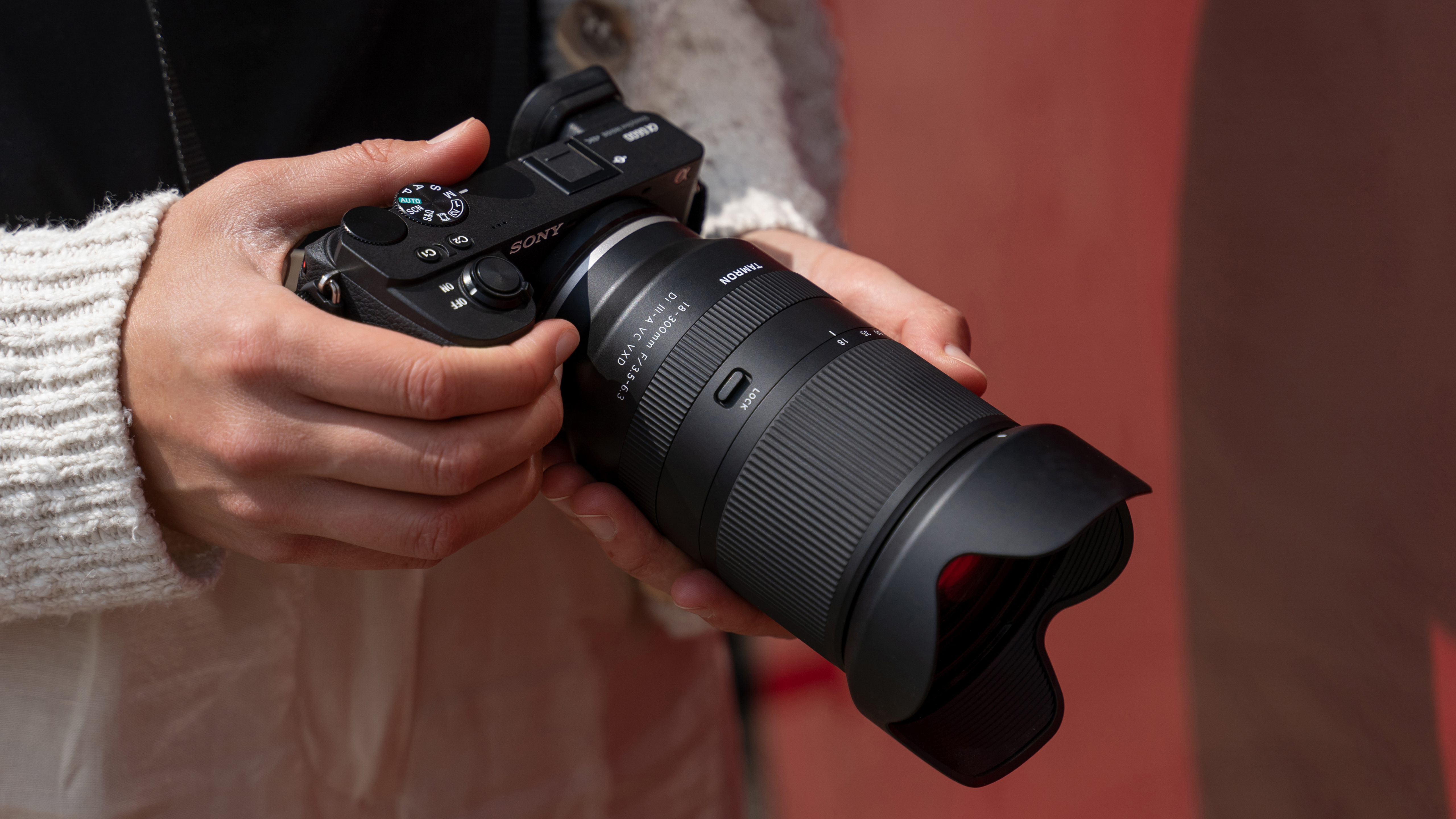
The VXD autofocus system lives up to its billing with a good turn of speed, enabling effective tracking for moving subjects. It’s also compatible with advanced autofocus modes like Fast Hybrid AF and Eye AF, where featured in the host camera. Another advantage is that the focus range covers distances down to 0.15m at the wide-angle end of the zoom range, and 0.99m at the long end. This enables 0.5x macro magnification at 18mm, and a still generous 0.25x at 300mm, adding extreme close-up photography to the Tamron’s versatility.
When it comes to image quality, the lens is pretty impressive, especially for a superzoom. Center-sharpness is very good throughout the entire zoom range, even when shooting at the widest available apertures. That’s important, given that you might often need to shoot wide-open to keep shutter speeds quick, especially at the long end of the zoom range where the widest aperture is only f/6.3. Away from the center of the frame, sharpness is still good in the 18-100mm sector of the zoom range but drops off a bit at longer focal lengths. Extreme edge/corner-sharpness is less impressive but still adequate.
Barrel distortion at 18mm can be very noticeable with in-camera correction disabled but there’s only fairly little pincushion in the 100-300mm sector of the zoom range. Overall, distortions are relatively minimal compared with some recent superzoom lenses for mirrorless cameras, which are all but unusable without relying on in-camera corrections, which can’t be switched off.
Sample images


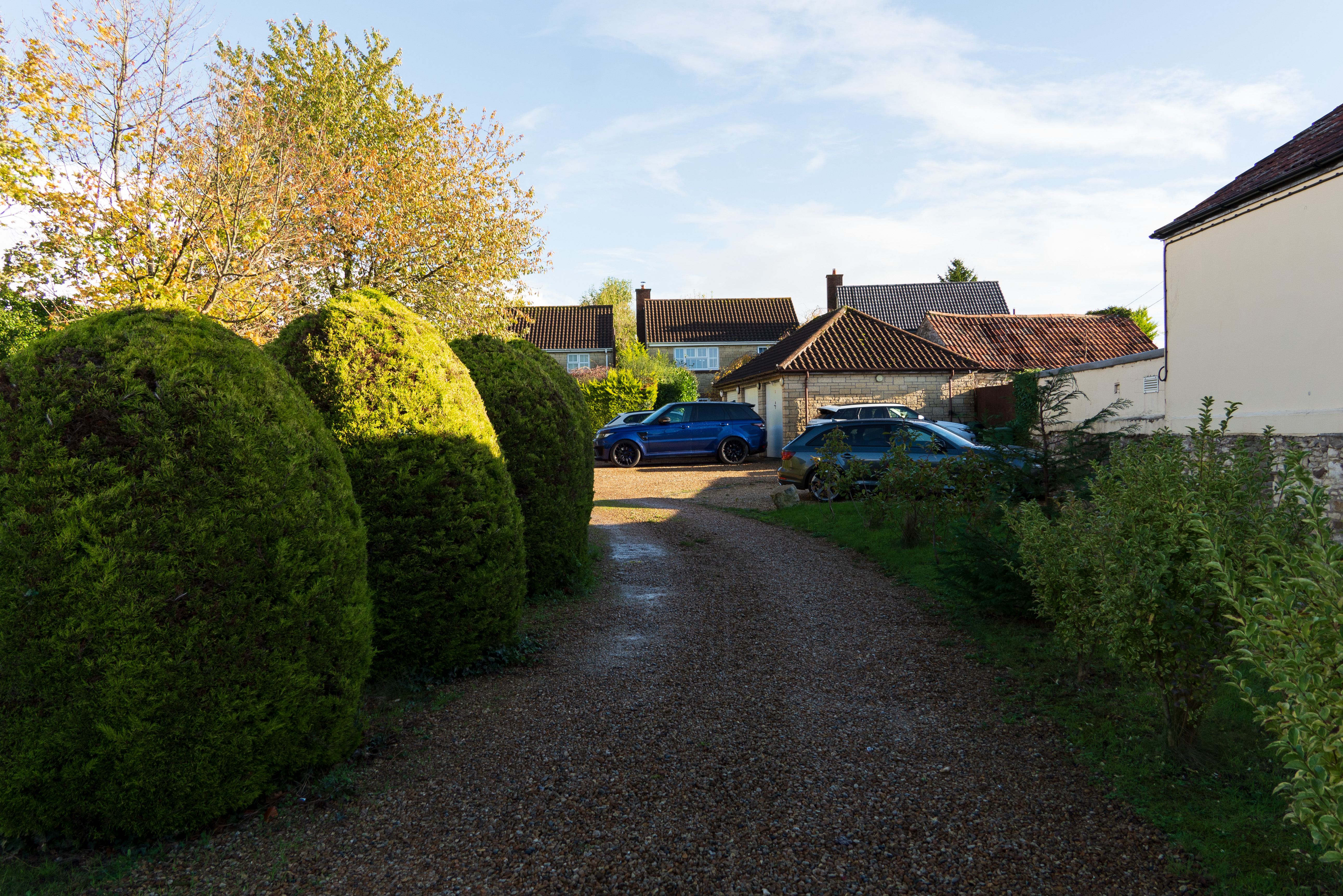
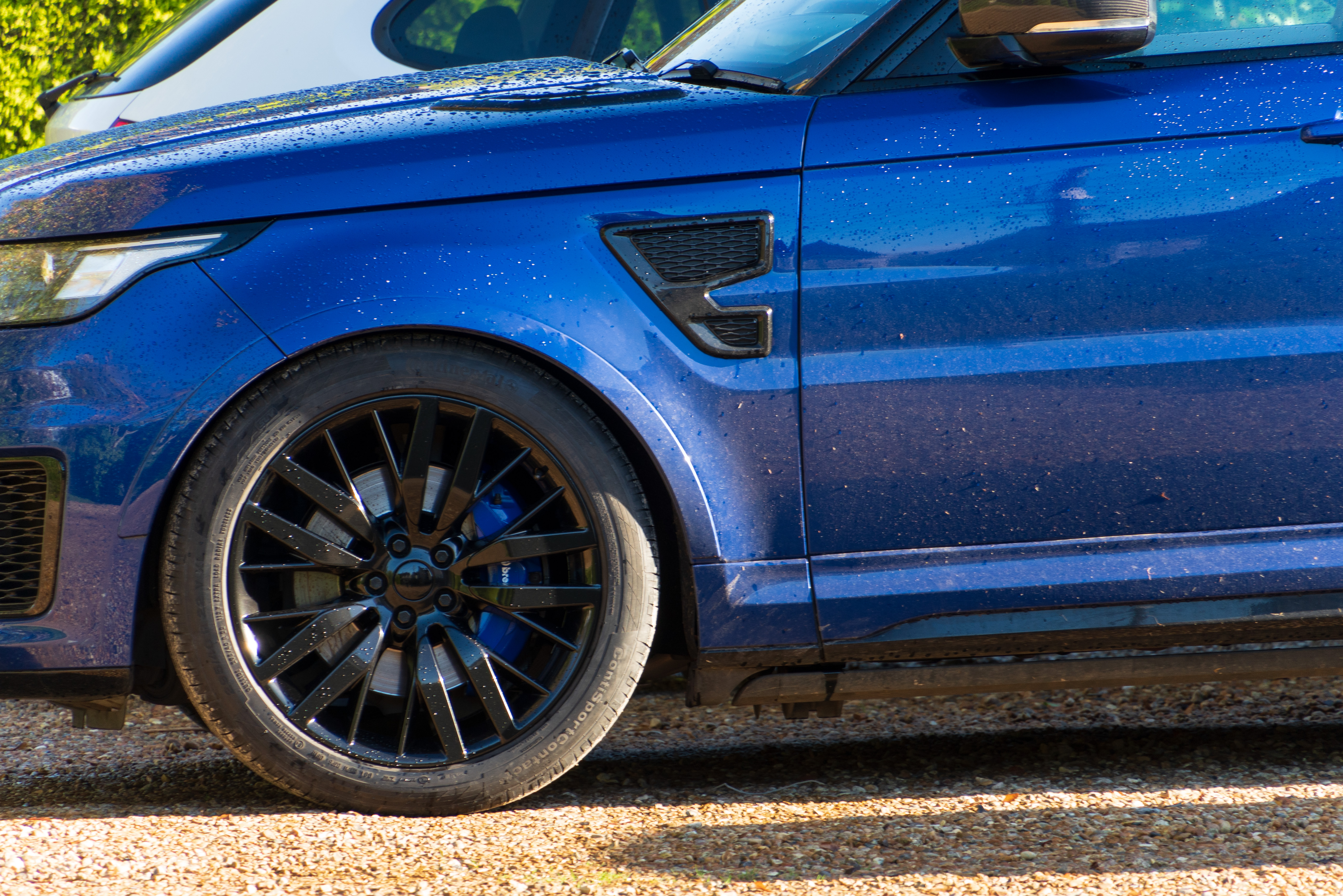
Lab results
We run a range of lab tests under controlled conditions, using the Imatest Master testing suite. Photos of test charts are taken across the range of apertures and zooms (where available), then analyzed for sharpness, distortion and chromatic aberrations.
We use Imatest SFR (spatial frequency response) charts and analysis software to plot lens resolution at the center of the image frame, corners and mid-point distances, across the range of aperture settings and, with zoom lenses, at four different focal lengths. The tests also measure distortion and color fringing (chromatic aberration).
Sharpness:
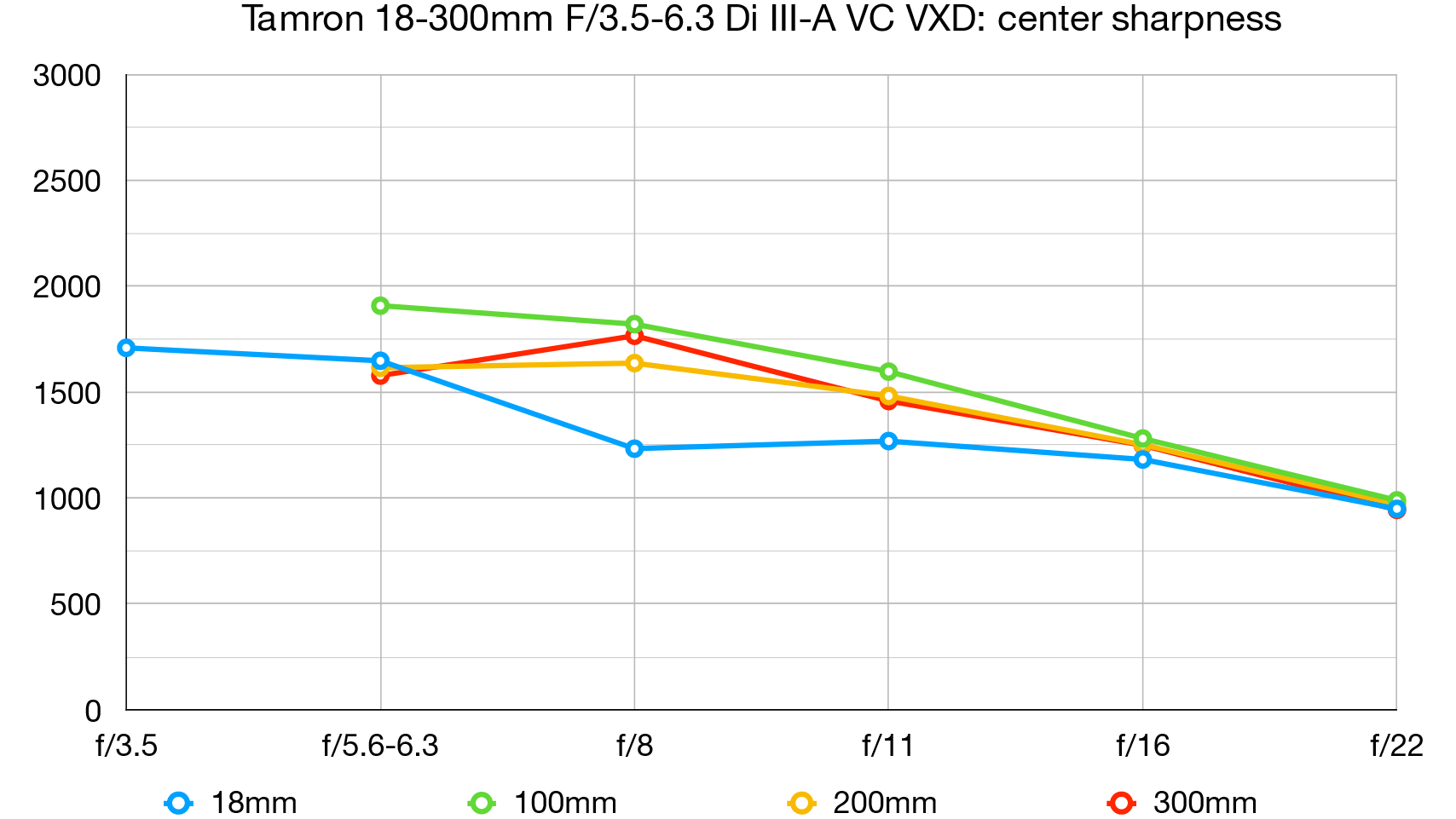
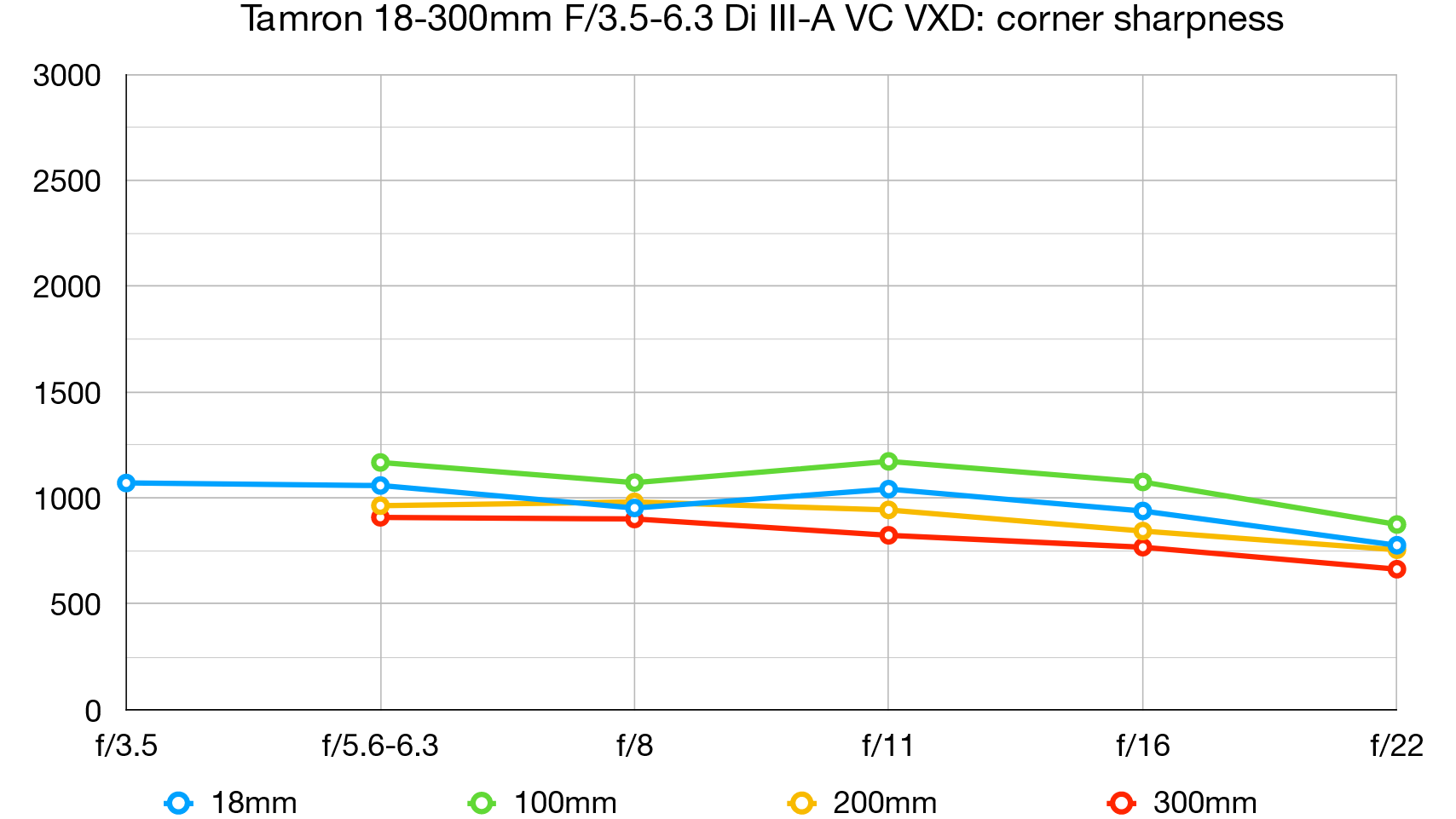
Levels of center-sharpness are very good at all focal lengths, even when shooting at the widest available apertures. Sharpness between the center and the edges drops off a little in the 200-300mm zoom sector, whereas sharpness at the edges and corners of the frame is more mediocre.
Fringing:
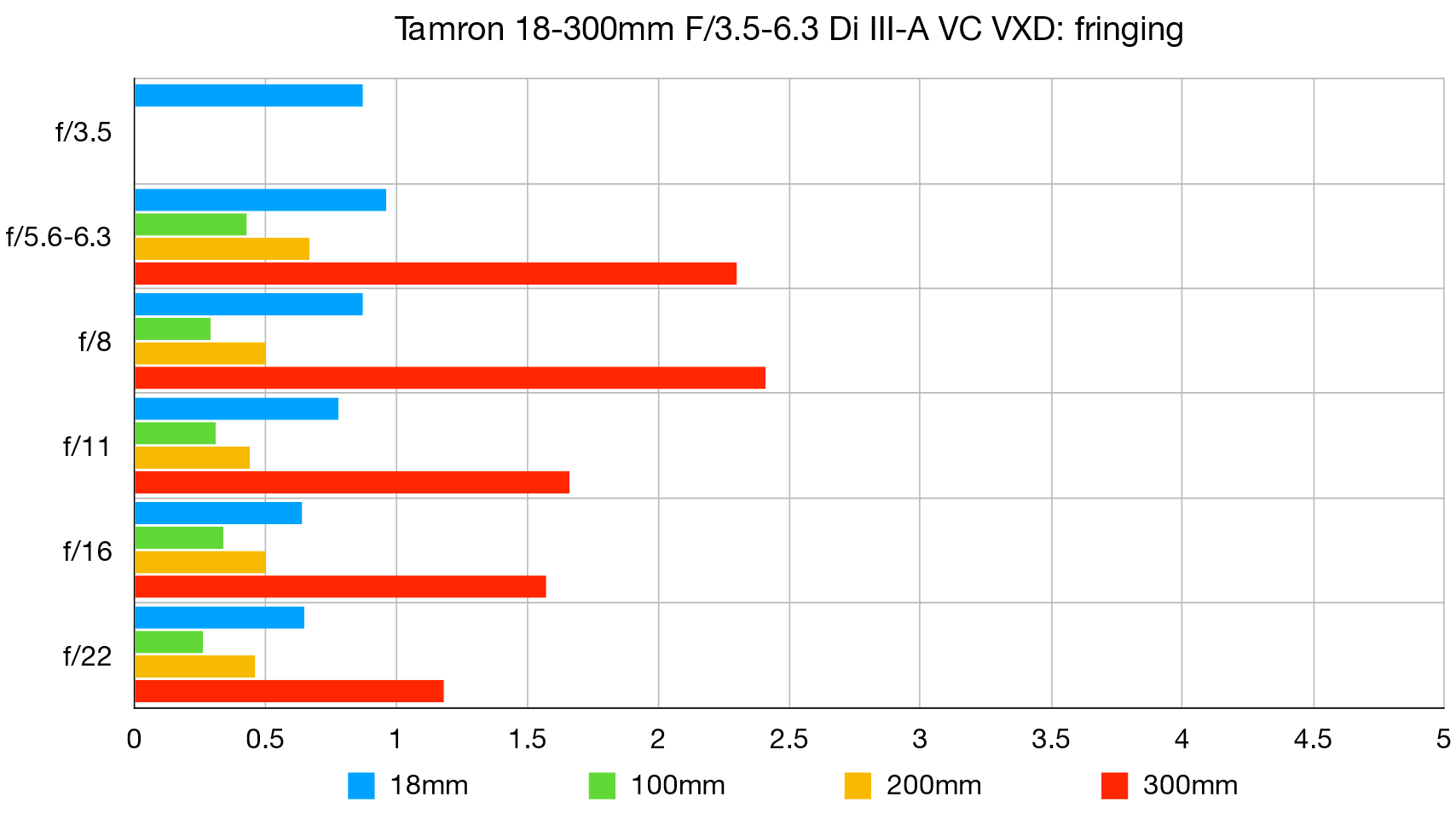
There’s very little color fringing even at the extreme edges and corners of the image frame, at least in the 18-200mm sector of the zoom range. It creeps up towards the 300mm mark but, as with distortion, in-camera correction is available.
Distortion:
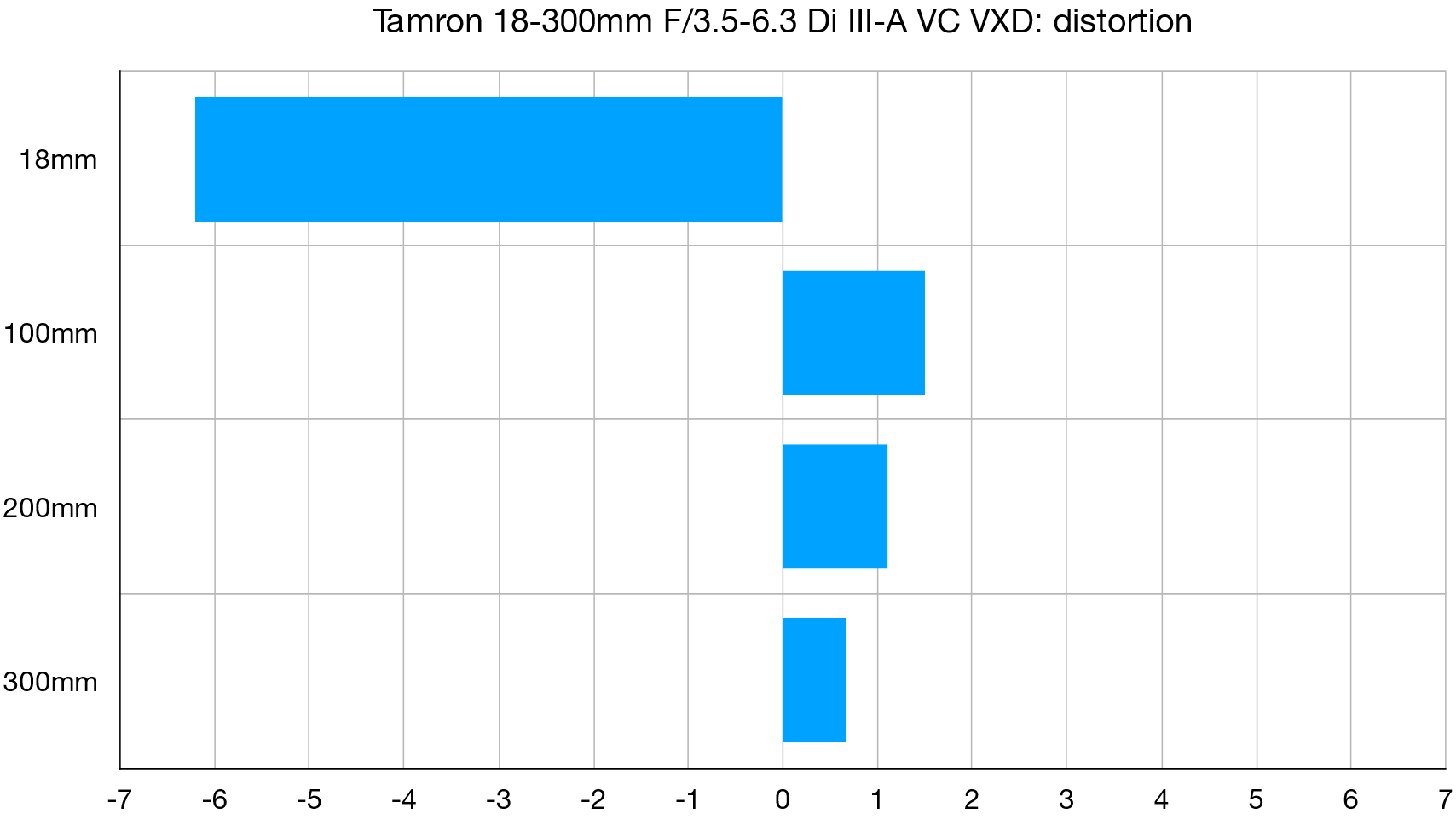
The lab result at 18mm shows heavy barrel distortion but it’s less than with some recent superzoom lenses at their shortest focal lengths, and automatic in-camera correction solves the problem. Even when uncorrected, pincushion distortion in the 100-300mm sector of the zoom range is fairly minimal.
Verdict
Ideal for travel and walkabout photography, the Tamron 18-300mm gives an effective 16.6x zoom range of 27-450mm on Fujifilm X and Sony E mount APS-C format mirrorless cameras. That’s quite a stretch, delivering everything from fairly wide-angle coverage to super-telephoto reach at the twist of the zoom ring, without the need to carry multiple lenses and switch between them. So-called ‘superzoom’ lenses are often a compromise but the Tamron does pretty well in terms of image quality and all-round performance.
Read more:
• Best camera lenses to get
• Best Canon lenses
• Best Nikon lenses
• Best Sony lenses
Matthew Richards is a photographer and journalist who has spent years using and reviewing all manner of photo gear. He is Digital Camera World's principal lens reviewer – and has tested more primes and zooms than most people have had hot dinners!
His expertise with equipment doesn’t end there, though. He is also an encyclopedia when it comes to all manner of cameras, camera holsters and bags, flashguns, tripods and heads, printers, papers and inks, and just about anything imaging-related.
In an earlier life he was a broadcast engineer at the BBC, as well as a former editor of PC Guide.
